
Phone: 212 520 1686
Email: info@yourcpf.org
TREATMENTS
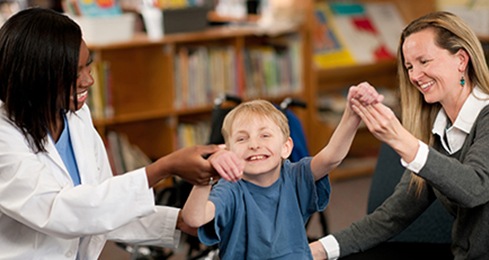
Cerebral palsy can’t be cured, but treatment will often improve or sustain a child’s capabilities. There is no standard therapy that works for every individual with CP. Once the diagnosis is made, and the type of CP is determined, a team of health care professionals will work with a child and his or her parents to identify specific impairments and needs, and then develop an appropriate plan to tackle the core disabilities that affect the child’s quality of life.
THERAPEUTIC OPTIONS
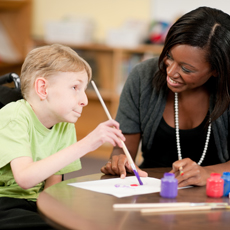
IT IS IMPORTANT TO START
INTERVENTIONS EARLY
PHYSICAL THERAPY
Physical therapy, usually begins in the first few years of life or soon after the diagnosis is made. Specific sets of exercises (such as resistive, or strength training programs) and activities can maintain or improve muscle strength, balance, motor skills, and prevent contractures.
OCCUPATIONAL THERAPY
Occupational therapy focuses on optimizing upper body function, improving posture, and making the most of a child’s mobility. Occupational therapists help individuals address new ways to meet everyday activities such as dressing, going to school, and participating in day-to-day activities.
RECREATIONAL THERAPY
Encourages participation in art and cultural programs, sports, and other events that help an individual expand physical and cognitive skills and abilities. Research has shown improvement in their child’s speech, self-esteem, and emotional well-being.
SPEECH AND LANGUAGE THERAPY
Speech and language therapy can improve a child’s ability to speak more clearly, help with swallowing disorders, and learn new ways to communicate. Examples include sign language and/or special communication devices such as a computer with a voice synthesizer, or a special board covered with symbols of everyday objects and activities to which a child can point to indicate his or her wishes. Treatments for problems with eating and drooling are sometimes necessary if a child has problems controlling the muscles of their mouth, jaw or tongue.
DRUG TREATMENTS
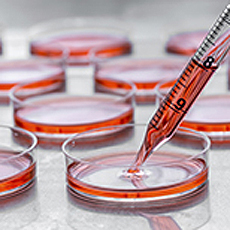
ORAL MEDICATIONS
Medications such as diazepam, baclofen, dantrolene sodium, and tizanidine are usually used as the first line of treatment to relax stiff, contracted, or overactive muscles. Some drugs have side effects such as drowsiness, changes in blood pressure, and risk of liver damage that require continuous monitoring. Oral medications are appropriate for children who need only mild reduction in muscle tone or with widespread spasticity.
- Botulinum toxin, injected locally, has become a standard treatment for overactive muscles in children with spastic movement disorders such as CP. Botulinum toxin relaxes contracted muscles by keeping nerve cells from over-activating. The relaxing effect of a Botulinum toxin injection lasts approximately 3 months. Undesirable side effects are mild and short-lived, consisting of pain upon injection and occasionally mild flu-like symptoms. Botulinum toxin injections are most effective when followed by physical therapy program and splinting. Such injections work best for children who have some control over their motor movements and have a limited number of muscles to treat, none of which is fixed or rigid.
- Intrathecal baclofen therapy uses an implantable pump to deliver baclofen, a muscle relaxant, into the fluid surrounding the spinal cord. Baclofen decreases the excitability of nerve cells in the spinal cord, which then reduces muscle spasticity throughout the body. The baclofen pump is most appropriate for individuals with chronic, severe stiffness or uncontrolled muscle movement throughout the body.
SURGICAL TREATMENTS
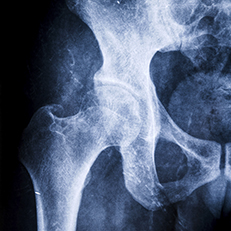
TREATMENTS ALSO TARGET
OTHER IMPAIRMENTS
IN ADDITION TO
MOTOR DISABILITY
ORTHOPEDIC SURGERY
Orthopedic surgery is often recommended when spasticity and stiffness are severe enough to make walking and moving about difficult or painful. For many people with CP, improving the appearance of how they walk – their gait – is also important. Surgeons can lengthen muscles and tendons that are proportionately too short, which can improve mobility and lessen pain. Tendon surgery may help the symptoms for some children with CP but could also have negative long-term consequences. Orthopedic surgeries may be staggered at times appropriate to a child’s age and level of motor development. Surgery can also correct or greatly improve spinal deformities in people with CP. Surgery may not be indicated for all gait abnormalities and the surgeon may request a quantitative gait analysis before surgery.
SURGERY TO CUT THE NERVES
Selective dorsal rhizotomy (SDR) is a surgical procedure recommended for cases of severe spasticity when all of the more conservative treatments–physical therapy, oral medications, and intrathecal baclofen–have failed to reduce spasticity or chronic pain. A surgeon locates and selectively severs overactivated nerves at the base of the spinal column. SDR is most commonly used to relax muscles and decrease chronic pain in one or both of the lower or upper limbs. It is also sometimes used to correct an overactive bladder. Potential side effects include sensory loss, numbness, or uncomfortable sensations in limb areas once supplied by the severed nerve.
COMPLEMENTARY AND ALTERNATIVE THERAPIES
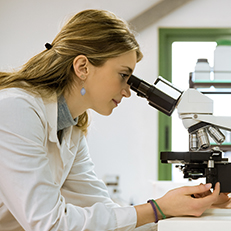
Many children and adolescents with CP use some form of complementary or alternative medicine. Controlled clinical trials involving some therapies have been inconclusive or showed no benefit and they have not been accepted in mainstream clinical practice. Although there are anecdotal reports of benefit in some children with CP, these therapies have not been approved by the U.S. Food and Drug Administration for the treatment of CP. Such therapies include hyperbaric oxygen therapy, special clothing worn during resistance exercise training, certain forms of electrical stimulation, assisting children in completing certain motions several times a day, and specialized learning strategies. Also, dietary supplements, including herbal products, may interact with other products or medications a child with CP may be taking or have unwanted side effects on their own. Families of children with CP should discuss all therapies with their doctor.
Stem cell therapy is being investigated as a treatment for cerebral palsy, but research is in early stages and large-scale clinical trials are needed to learn if stem cell therapy is safe and effective in humans. Stem cells are capable of becoming other cell types in the body. Scientists are hopeful that stem cells may be able to repair damaged nerves and brain tissues. Studies in the U.S. are examining the safety and tolerability of umbilical cord blood stem cell infusion in children with CP.







